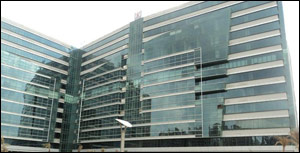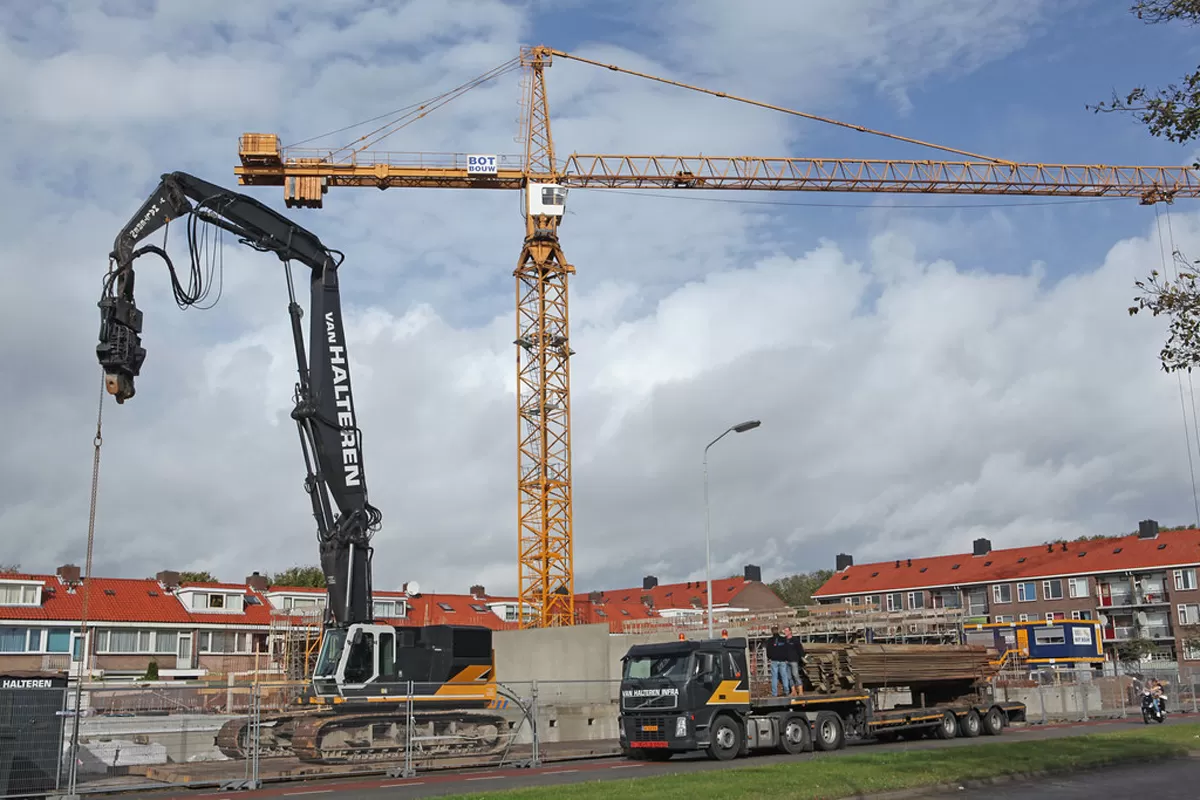There were many big ticket deals that took place in the real estate segment in 2013, despite the gloomy economic environment.
AHLAM RAIS throws light on the biggest deals.
The year gone by was not a great year for the real estate segment. Factors such as the weakening rupee, inflation, low economic growth and high interest rates affected the industry. However, despite this, 2013 witnessed many big ticket deals in the residential, commercial as well as the land segment. Some of the top deals included the Vrindavan Tech Village acquisition by Embassy Group and Blackstone, the Express Towers by Blackstone India and Panchshil Realty, Hindustan Lever House by HDFC, Cadbury House by Dilip Lakhi and many more.
Enabling factors
At the top of the best deals chart of 2013 was Embassy Group and Blackstone for the acquisition of the Vrindavan Tech Village in Bengaluru. This deal received the highest value in terms of commercial space buyout. Irshad Ahmed, President, Irshads Property Matters, says, "In this deal, the tech park has the potential to develop an additional 10 million sq ft of office space." This is one of the main reasons for the deal as there exist huge opportunities to develop this space and make a significant profit.
On the primary reasons behind the many deals that took place last year in the commercial segment, Bhairav Dalal, Associate Director, Tax & Regulatory Services, Mergers & Acquisitions, PricewaterhouseCoopers opines, "Many Indian developers constructed assets and leased them to various tenants. However, this business has witnessed a slowdown as not enough MNCs have come to India in search of space. The information technology (IT) sector has not grown exponentially as expected, therefore, the returns on these assets have been below expectations.
Due to all these factors, there is a cash flow crunch and developers are keen to sell their commercial asset portfolio."
International players like Blackstone have also invested in India. "They are looking for a long term investment. Large MNCs located in India continue to expand; that is what keeps our office market going," observes Anshuman Magazine, Chairman and Managing Director, CBRE (South Asia). "Places like Bengaluru, Gurgaon, Pune and parts of Mumbai saw a fair amount of deals in the commercial segment. Besides this, the IT industry, which is still the major contributor to the real estate sector along with the pharmaceuticals sector, is expanding. Indian companies also take up office space but if one adds the Indian companies in tradable office segment, the significant portion of space takeaways, about 80-90 per cent is from MNCs." He further adds that the big deals that are taking place are due to large international companies consolidating, relocating, or taking up new space for expansion. The supply side has been good for this segment as it offers better quality spaces at a better price.
The supply of these spaces ensures that the commercial rental rates remain competitive and are not overpriced.
Dalal agrees, "We saw a large number of deals in the commercial asset space. Lot of assets were sold like SEZs and IT parks, in fact in the past one year, maximum transaction revenue has come from these kinds of deals where a few international investors have specifically looked at India to create a commercial asset portfolio. Even if these players get circa 10 per cent return on their assets, they will invest in it." He continues, "Many companies possess land parcels at good locations. These parcels offer good value and hence, continue to get sold. However, these kinds of deals will not be the trend."
Apart from the commercial segment, big deals were also witnessed in the residential segment. Ahmed adds, "In the case of the City View Residences deal, the project is an ultra-luxury residential project with services from the worldÆs best hotel chain - Four Seasons. Hence, the project has great potential and will also have many takers from the High Net Individual (HNI) group. HNIs no longer opt for just large spaces with top notch amenities. It is the services offered at a project that impresses them."
The year gone by also witnessed diverse land deals across India. With banks not lending enough funds to the real estate segment, Sunder Dinesh, Senior Analyst, Liases Foras says, "Developers are in need of funds for development. Hence, they monetise their land banks in order to build funds for their projects."
Sector analysis
The commercial space also witnessed a slowdown. Anuj Puri, Chairman & Country Head, Jones Lang LaSalle explains, "In 2013, the trend of subdued demand for office space continued from the previous year. Thus, rental value (RV) growth was slower than that observed in 2012 (with the exception of Mumbai, where growth was relatively faster). However, capital value (CV) growth was faster than rental value growth during 2013, resulting in a fall of market yields. The primary reason for faster growth of CV is the rising input costs, which forces developers to increase prices despite less-than-favourable market conditions. This trend was seen in all cities."
According to Puri, vacancy rate for 2013 signed off at around 18.2 per cent, rising from 17.4 per cent as of end-2012. Hyderabad and Delhi-NCR were the biggest contributors in terms of vacancy levels. This was largely due to increased new supply as against a fall in absorption. On the other hand, the 'heavyweight' cities of Mumbai and Bengaluru witnessed a marginal fall in vacancy. Both these cities saw reduction in the growth of new stock supply, while absorption of office space recovered. Overall, pan-India supply rose by 10.4 per cent year on year (YoY) in 2013, whereas the fall in absorption was less severe (-1.1 per cent YoY) as against the fall of over 26 per cent seen last year. Magazine adds, "About 28 million sq ft of office space was taken up in 2013, which was less than the previous year but still there was movement despite the weak economy."
In the residential segment, there was largely a negative growth. Puri adds, "Residential property prices continued to exhibit upward movement even as the weakening rupee steadily eroded purchasing power. Over the last four years (from the trough of 2Q09 up to 3Q13), taking into account the period of economic slowdown, apartment prices have risen by over 50 per cent on an average across India." He continues to say that due to this, absorption remained subdued during 2013 (until 3Q13), falling further from the already tepid levels observed during the same period last year. This was particularly true of cities where new supply rose sharply. However, affordable markets such as Kolkata and a few emerging locations near city peripheries, witnessed better absorption rates. Preliminary data indicates that a subdued sentiment continued into the 2013 festive season (the initial few weeks of the fourth quarter) when developers typically sell around a third of their annual inventories.
Magazine adds, "In the residential market, sales came from the affordable housing segment. This segment was slow but again it moved slowly."
Dinesh adds, "The economic slowdown did not affect all the regions in the country; some markets such as Bengaluru and Hyderabad witnessed fast development and also had new launches in the residential space." Some of the big land deals were witnessed in Mumbai, Bengaluru and NCR.
Hotspots
Last year, major deals were witnessed in the metropolis cities. Magazine says, "Going forward, Bengaluru, Gurgaon, parts of Mumbai will be the hotspots for the commercial as well as the residential segment. These three cities together contribute more than 60-65 per cent of the real estate market. Dalal adds, "The cities that are being developed by the central and state governments on the entire stretch of the Delhi-Mumbai Industrial Corridor and Chennai-Bengaluru Industrial Corridor will be the cities where one will witness large deals to take place in the next five-seven years."
Future perspective
The future of big deals seems bright. Dalal concludes, "Deals are going to become more competitive and deals in the commercial space will happen in this year as well. However, there would be bigger deals in the next year. A SEZ developer in North India is running a bid process and has already shortlisted a few potential buyers. Hence, these kinds of large deals will continue to take place."
(With additional inputs from Monisha Rao)
To share your views on ways to develop a successful mall, write in at feedback@ASAPPmedia.com


















